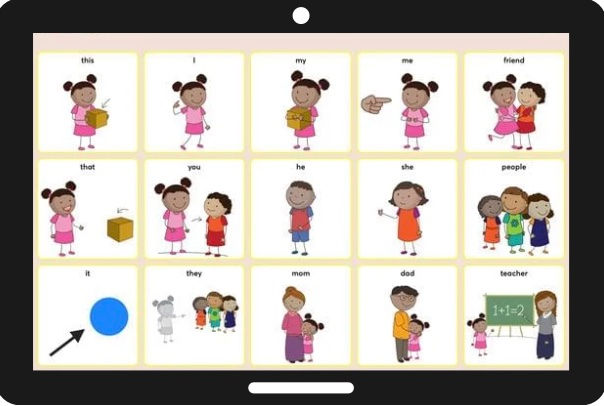Assistive Technology for Everyone?
- Elyza Polsky

- May 4, 2023
- 2 min read

In another blog post I discussed assistive technology (AT) however, I did not share examples of the types of AT often found in both the regular and special education class placements. As tends to be my focus, I will approach this from a DHH/ASD lens.
Assistive technologies in the classroom are often thought of as computer related tools. While this is correct, these are just a small portion of the AT available to help students. Assistive technology can be categorized into mid, low and high tech options. High tech devices are more complex and include electronics or computer-based software, while mid tech may still require power but require less specialized training. Low tech assistive device tools typically do not require any power.
For deaf/hard of hearing students, Remote Microphone (RM) systems and soundfield systems are examples of high tech assistive technology. Closed captioning is considered a mid-tech option and note-taking is a low tech tool. AAC (augmentative and alternative communication) devices are an example of a high tech tool which can be helpful for some students who have autism. Fidget toys, which provide sensory stimulation, are part of the low tech assistive technology category.
The lists and options are varied and numerous. Many of these assistive technologies can be integrated into the classroom as part of the Universal Design for Learning (UDL). This means that everyone in the classroom can access and potentially benefit from having them incorporated into the class. As an example, closed captioning can be part of multiple aspects of the classroom, such as supporting the daily announcements, to providing extra language reinforcement for all students during videos. The use of speech to text software can benefit all students and should be available as an option as part of UDL.
The more accustomed we become to making our classrooms accessible, the less it will be necessary to provide assistive technologies for individual students. Certain devices will continue to be required for students to meet their individual needs, however as we continue to see the growth of the Internet of Things and the increased adoption of Universal Design for Learning, assistive technology will hopefully become a standard aspect of all educational settings.



Comments